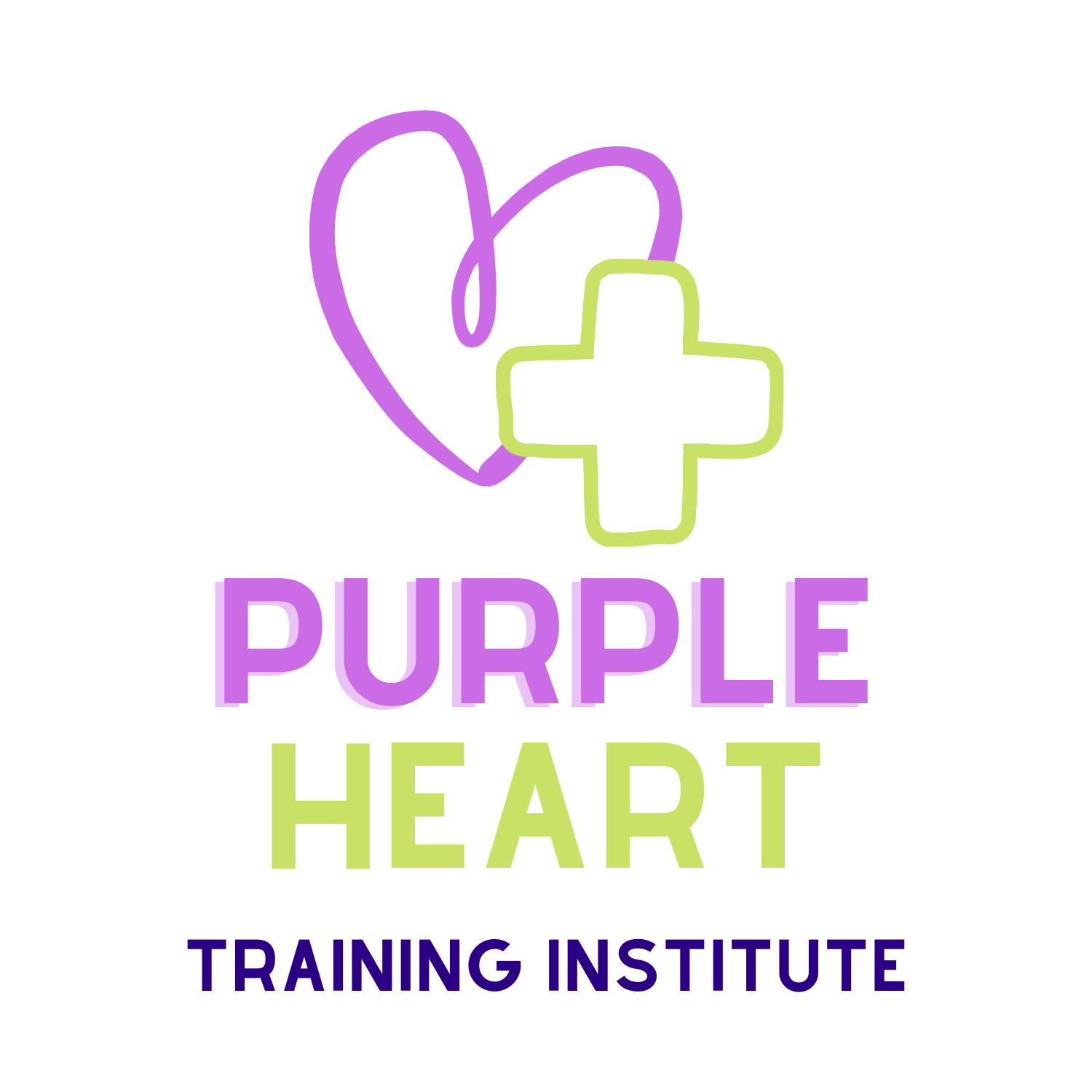There are many benefits of having First Aid and CPR training in the workplace. Some of the benefits include:
Increased safety: Having employees trained in First Aid and CPR can help prevent accidents and injuries from becoming more serious. In some cases, it can even save lives.
Improved response times: When an accident or injury occurs, every second counts. Having employees trained in First Aid and CPR can help ensure that they are able to respond quickly and effectively.
Reduced liability: By having employees trained in First Aid and CPR, employers can reduce their liability in the event of an accident or injury.
Increased employee confidence: Knowing that they are prepared to handle an emergency situation can help employees feel more confident and secure in their work environment.
These are just a few of the many benefits of having First Aid and CPR training in the workplace.
DrsABCD is an acronym that stands for Danger, Response, Send for help, Airway, Breathing, Circulation and Defibrillation. It is a simple and easy-to-remember way to assess and respond to an emergency situation. Here is a brief overview of each step:
Danger: Before approaching the victim, it is important to ensure that the area is safe for both the victim and the rescuer.
Response: Check for a response from the victim by tapping their shoulder and asking if they are okay.
Send for help: If there is no response from the victim, send someone to call for emergency medical services (EMS).
Airway: Check the victim’s airway by tilting their head back and lifting their chin. This will help ensure that their airway is open and clear.
Breathing: Check the victim’s breathing by looking, listening and feeling for breaths. If they are not breathing normally, begin rescue breathing.
Circulation: Check the victim’s pulse. If there is no pulse or if it is weak or irregular, begin CPR.
Defibrillation: If an automated external defibrillator (AED) is available, use it as soon as possible.
If you would like to educate your staff and have them certified to perform First Aid & CPR in an emergency. Book now with Purple Heart First Aid Training.
Here are some tips for bandaging with reference to First Aid & CPR guidelines:
Clean the wound: Before bandaging a wound, it is important to clean it thoroughly with soap and water. This will help prevent infection.
Apply pressure: If the wound is bleeding, apply pressure to the wound with a clean cloth or bandage until the bleeding stops.
Choose the right bandage: Choose a bandage that is appropriate for the size and location of the wound. For example, a large wound may require a larger bandage or gauze pad.
Wrap the bandage: Begin wrapping the bandage at the base of the wound and work your way up. Make sure that the bandage is snug but not too tight.
Secure the bandage: Once you have wrapped the bandage around the wound, secure it in place with tape or clips.
Check circulation: After applying the bandage, check for signs of poor circulation such as numbness or tingling in the affected area.
Remember that these are just general guidelines and that specific situations may require different approaches. If you are unsure about how to properly bandage a wound, seek medical attention immediately and book your First Aid & CPR course with Purple Heart Training Institute to upskill yourself.
